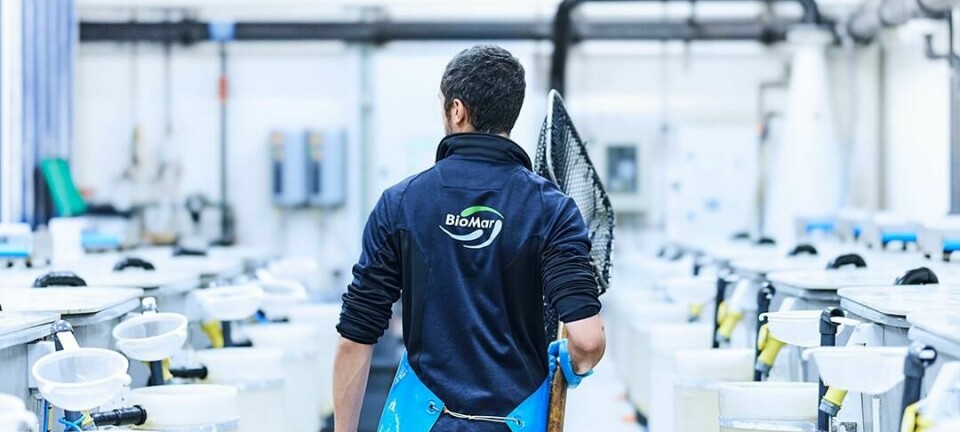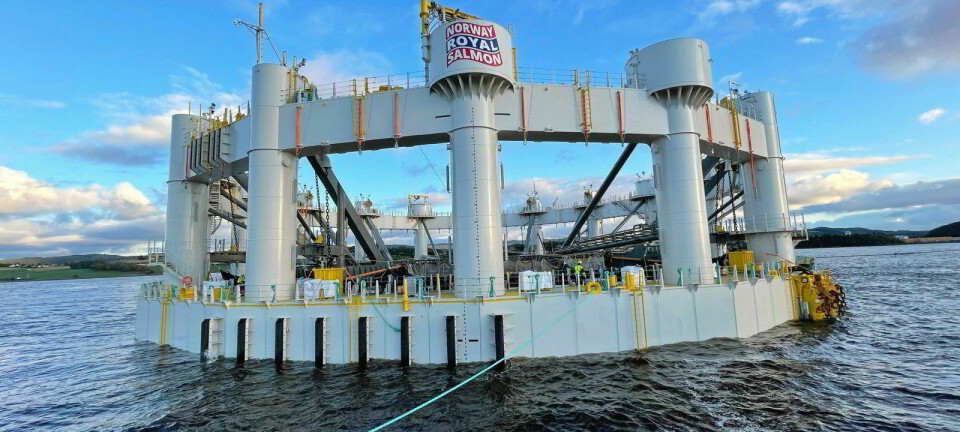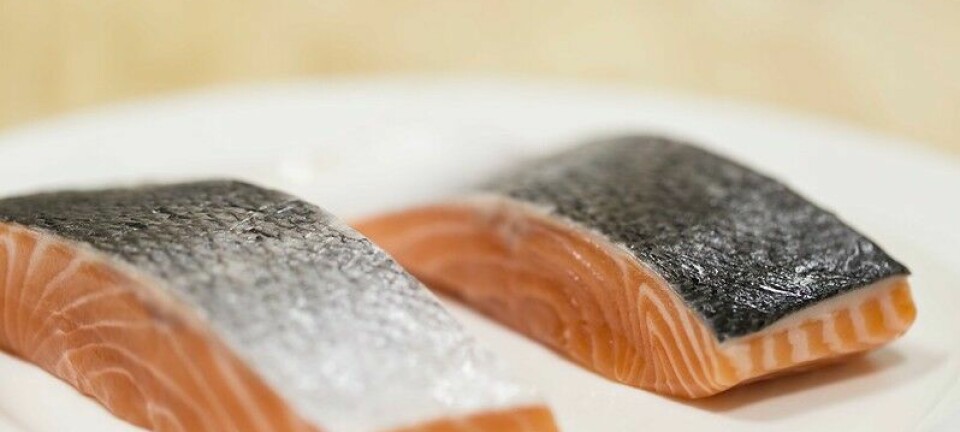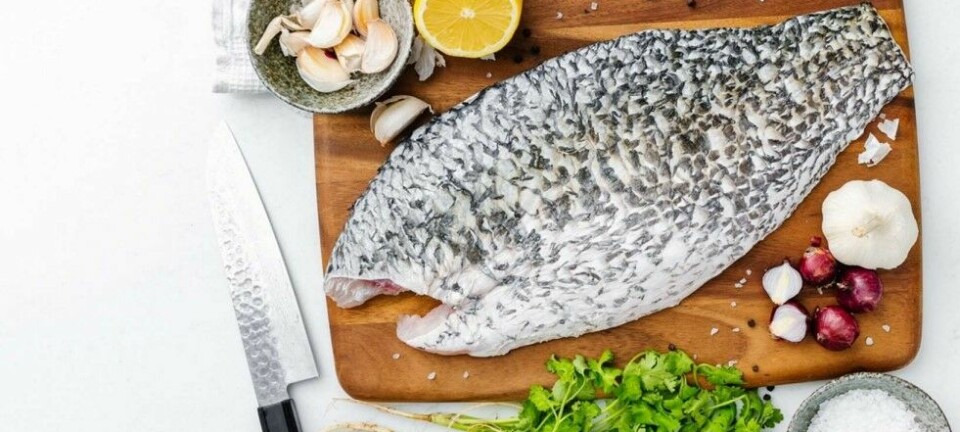
Farmed sockeye salmon going to market
Retired Professor Emeritus from the Simon Fraser University in Vancouver Larry Albright has been playing around with the production of sockeye salmon at a small fresh-water fish farm in the suburb of Langley for many years. Sockeye salmon has a fresh-water land-locked variety that is found in many lakes on Vancouver Island and elsewhere. Early attempts of culturing this species of Pacific salmon ran into problems with Bacterial Kidney Disease (BKD) and concerns about the “Sockeye disease” IHN (caused by the Infectious Hematopoietic Necrosis virus), poor flesh colour as well as difficulty with marketing the product.
But as Randy Shore reports in today’s Vancouver Sun, the tide might be turning on the prospect for another kind of salmon to come from farms in B.C. and elsewhere;
B.C. seafood firm Willowfield Enterprises will begin harvesting next week the world’s first commercial supply of sockeye salmon raised on a land-based farm. The Langley fish farm expects to produce up to 500 kilograms of sockeye a week under the West Creek brand for wholesaler Albion Fisheries, according to company president Don Read. It will be sold at Choices Markets. Initially, the harvest will be considerably smaller. Sockeye take about three years to achieve a harvest weight of two to three kilograms. Fish coming to market next week are between 1.1 and 1.5 kilograms. “We have plans to double our capacity, but we want to take time to grow the market,” said Read, who is taking a conservative approach to growing his business. “We have been farming trout for 20 years, but we have only been profitable for three years.”
West Creek sockeye will carry the Vancouver Aquarium’s Ocean Wise sustainability certification. “Getting Ocean Wise certification (for West Creek trout) brought a lot of awareness and really helped our business,” Read said. “It allowed us to raise our prices 20 per cent.” Read and partner biologist Larry Albright experimented with sockeye for more than 15 years before developing a system to raise a commercially viable product. Willowfield’s farm is based on a flow-through model, rather than recirculation common in land-based salmon farms. Water is drawn from a spring into above-ground sockeye tanks, then it flows into a series of in-ground trout ponds and finally into a holding pond before flowing into a local creek. “In the natural trout ponds, fish waste and ammonia is absorbed into the native plants,” said Read. “So it’s actually biofiltered.”
Sediment from the bottom of the trout ponds and the holding pond is dredged out and dried for use as fertilizer by a local farmer. “Our water has been tested by the Ministry of Environment and certified as non-polluting,” Read said.























































